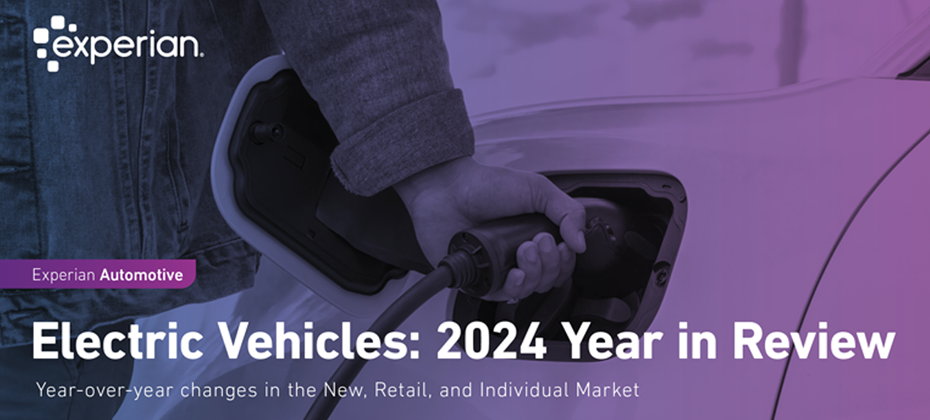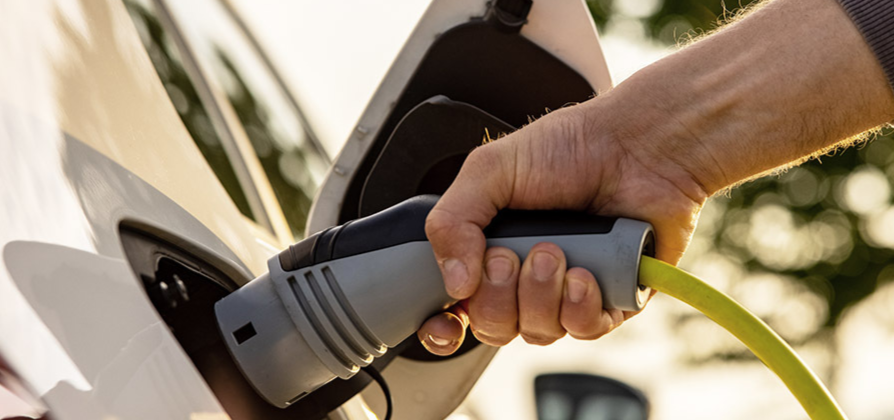In recent years, electric vehicles (EVs) have been making a name for themselves as they continue to grow within the automotive industry, and as more models roll out, data in the fourth quarter of 2023 shows consumer interest continues to increase.
According to Experian’s State of the Automotive Finance Market Report: Q4 2023, EVs comprised 8.6% of total new retail transactions, an increase from 7.1% in Q4 2022. Furthermore, the number of consumers who leased an EV jumped from 9.8% to 30.7% year-over-year, and the number of consumers who purchased EVs went from 61.9% to 44.8% in the same period.
When analyzing how consumers transacted EVs in Q4 2023, it’s notable that leasing accounted for 91.1% of BMW iX transactions and 79.0% of BMW i4. Additionally, 78.0% of Nissan Ariya’s were leased this quarter, followed by the Volkswagen ID.4 at 74.5%, Hyundai IONIQ 6 (64.0%), and Kia EV6 (56.8%).
Alongside a wider range of models being introduced to the market, new incentive and rebate programs have drawn more consumers in as they look for a vehicle that fits their lifestyle and financial needs. This makes it crucial for automotive professionals to not only stay on top of these trends but also understand how other areas of the industry are evolving.
Average loan amounts stabilize as interest rates rise
Looking at the finance market at a broader level, the average loan amount for a new vehicle declined $1,143 year-over-year to $40,366 in Q4 2023, and the average loan amount for a used vehicle decreased from $27,907 last year to $26,685 this quarter.
Meanwhile, the average interest rate for a new vehicle reached 7.2% in Q4 2023, up from 6.1% in Q4 2022—resulting in the average monthly payment increasing from $720 to $738 year-over-year. On the used side, the average interest rate went from 10.4% last year to 11.9% this quarter, leading to the average monthly payment slightly going up to $532, from $530 in Q4 2022.
As interest rates continue to rise, it’s common to see more consumers opting for shorter-term loans to help alleviate monthly payments, a trend professionals should keep in mind as they assist those who are in the market for a vehicle.
For instance, new vehicle loans up to 48 months increased from 10.9% in Q4 2022 to 13.8% in Q4 2023, and 49- to 60-month loan terms went from 16.9% to 18.3% in the same time frame. Meanwhile, 61- to 72-month terms slightly declined from 38.7% to 38.2%, and 73- to 84-month terms went from 32% to 28.2% year-over-year.
On the other hand, used vehicle loan terms only experienced a slight shift—with loans up to 48 months increasing from 10.7% in Q4 2022 to 11.3% in Q4 2023 and 49- to 60-month loans going from 17.6% to 18.8% over the same period. Furthermore, 61- to 71-month terms slightly increased from 42.3% to 42.6%, and 73- to 84-month terms decreased from 28.7% last year to 26.5% this quarter.
To learn more about automotive finance trends, view the full State of the Automotive Finance Market: Q4 2023 presentation on demand.


